Justin Harvey
Kenneth Lambert
Thomas Marcusson
Curated by Michelle Chanique
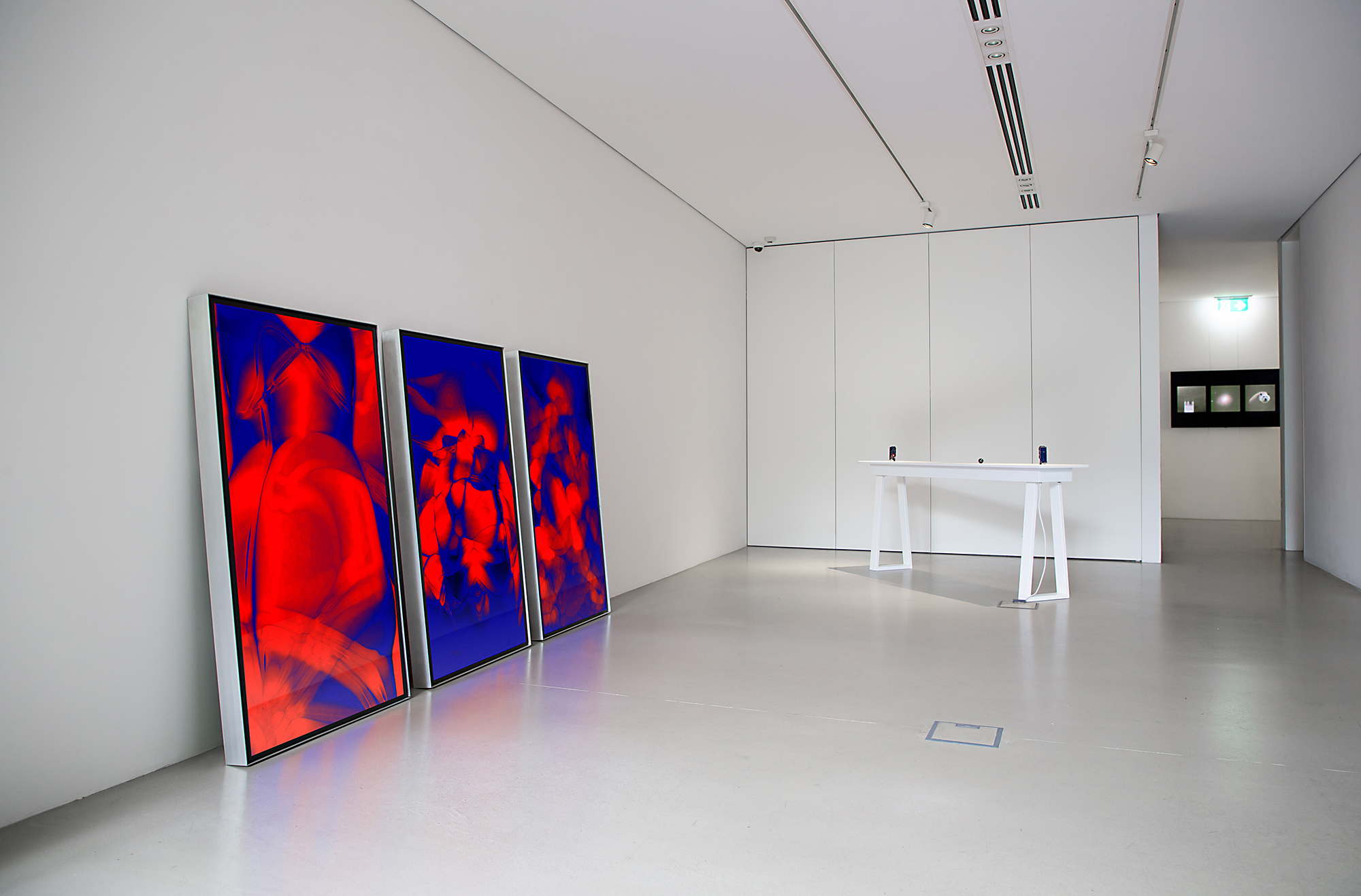
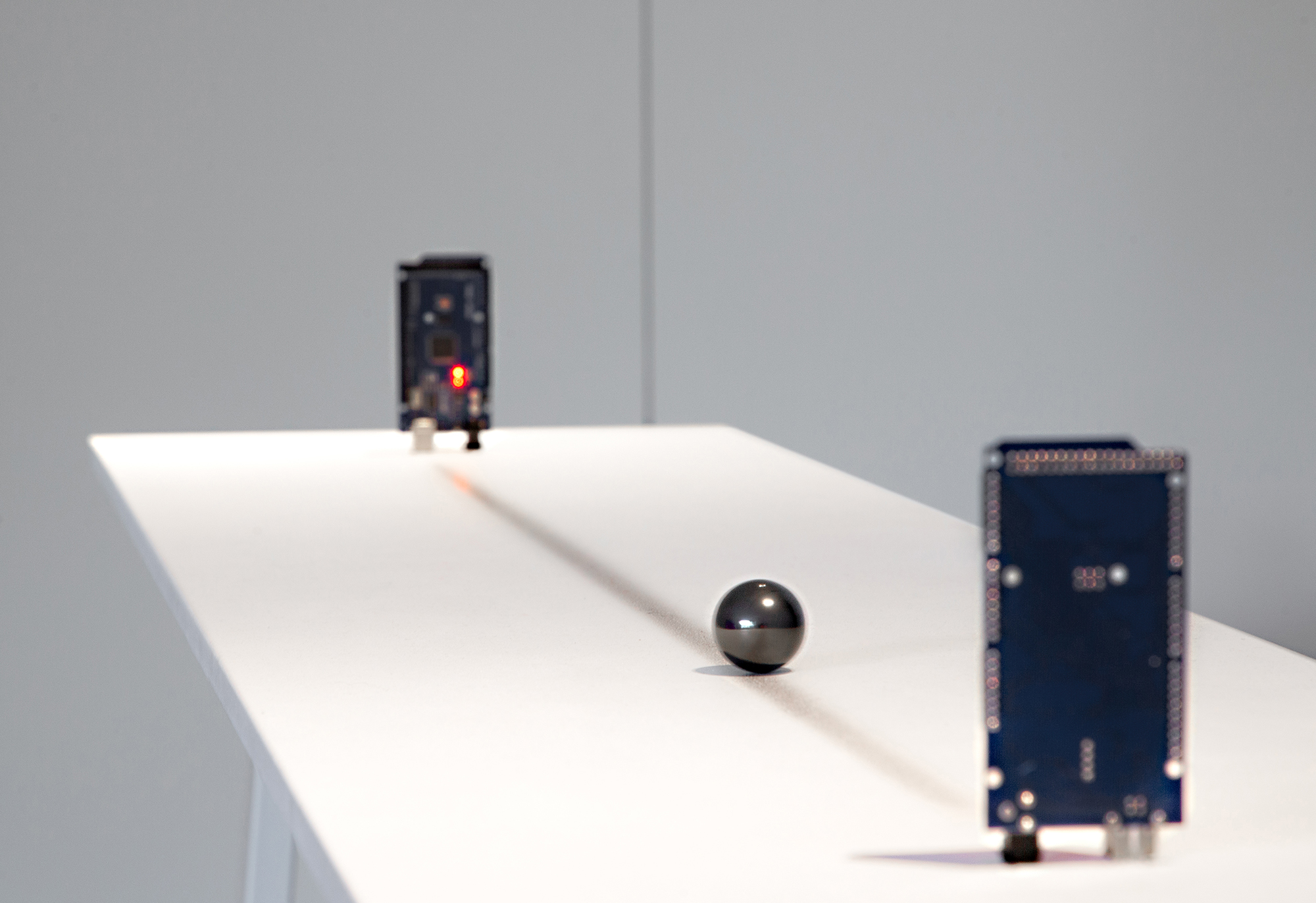
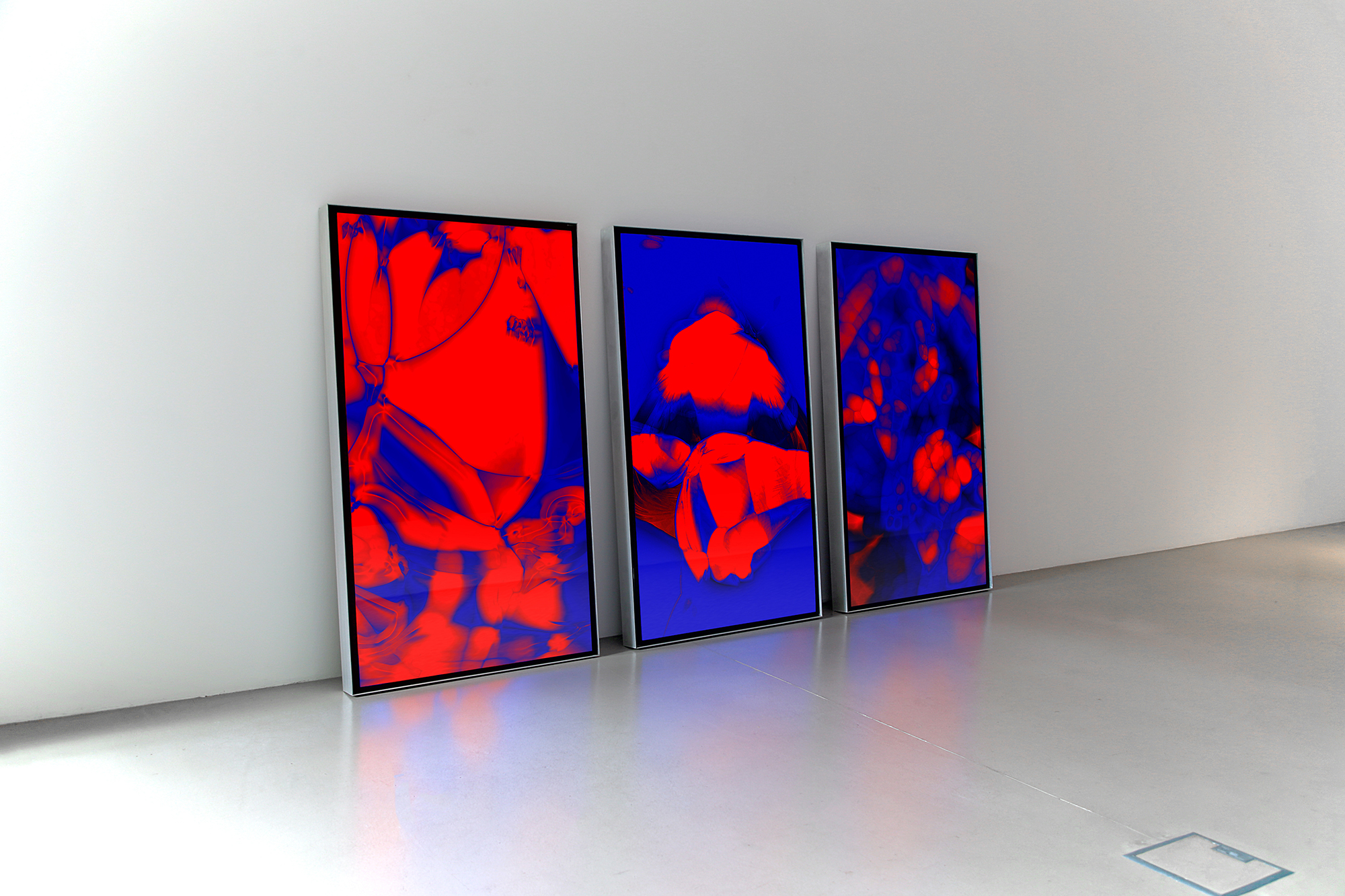
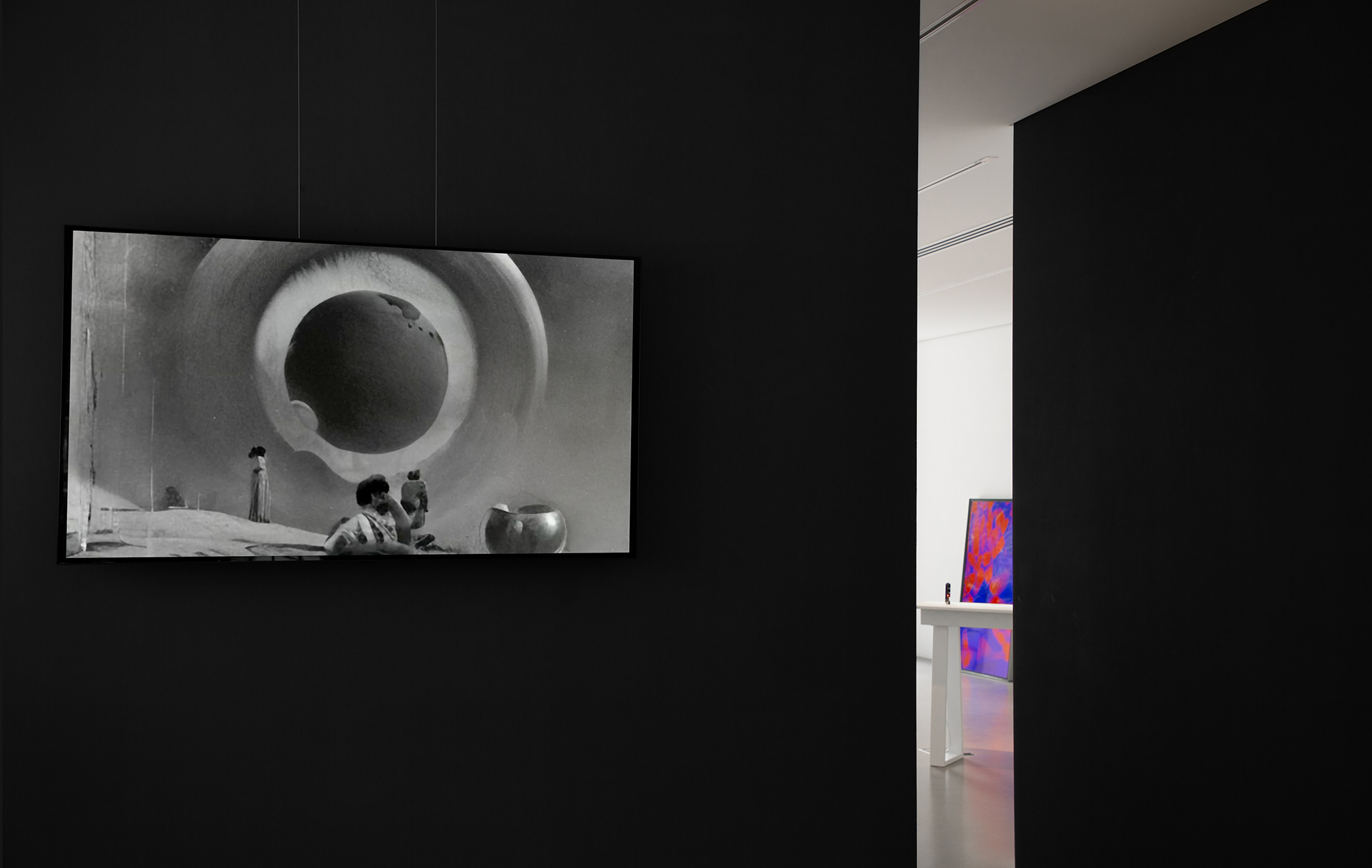
Installation images by Kenneth Lambert
We are thrilled to kick off 2024 with an exciting group show that deals with the dynamic confluence of technology in contemporary art practices.
Presenting the work of Kenneth Lambert, Justin Harvey and Thomas Marcusson, ‘Fooled Enough with Numbers’ offers a glimpse into how artists integrate the digital in their process, navigating the transformative and material potential afforded by emerging technologies.
Below Anglea Stretch talks with curator Michelle Chanique and the three exhibiting artists of 'Fooled Enough with Numbers'
Starting at 38:20
Justin Harvey
The works presented in Fooled Enough with Numbers are both collaborations with generative artificial intelligence. I'm deeply interested in how algorithms interpret and translate both textual and visual input to render images and videos and how these can be used to create meaningful experiences. Whilst generative artificial intelligence has swiftly become adept at producing highly refined, realistic imagery, I am drawn more toward the ambiguous outcomes of generative AI that require effort to make sense of. My goal is to encourage thoughtful engagement with evolving technologies that are sure to become ever more closely integrated into our lives.
 Justin Harvey, Unprompted Studies 1-3, 2023, HD video, 1920 x 1080 px, 2, 11s, Image COTA
Justin Harvey, Unprompted Studies 1-3, 2023, HD video, 1920 x 1080 px, 2, 11s, Image COTAKenneth Lambert
Biomorphic Compositions is an artistic exploration that emerged from a fascination with medical imaging technology and its ability to reveal the hidden truths of the human body. This project is the culmination of several years of meticulous collection of X-rays and ultrasounds, representing pivotal moments in the lives of my family members, from birth through to injuries and, ultimately, death. These medical images served as a foundational element, offering a distinctive medium for expressing human consciousness through a fusion of colour and auditory sources.
The soundscape is a critical component of the experience. It has been crafted using tonal frequencies commonly employed in sound therapy, known for their healing properties. This therapeutic sound is transformed into a data stream that dynamically interacts with procedural geometry. This interaction is at the heart of the installation, creating an immersive journey that guides the viewer into a state of self-reflection.
At its core, Biomorphic Compositions emerge from the tradition of abstract expressionism and the search for the sublime. The installation is intended to be an immersive experience, engaging the viewer in a space that resonates with the themes of metaphysics. It challenges the audience to contemplate the true nature of existence, inviting them into a reflective exploration of the core principles that define our being. The goal is to provide an experiential platform where the interplay of art, technology, and philosophy coalesces, enabling a deeper understanding and appreciation of the complexities of the human condition.
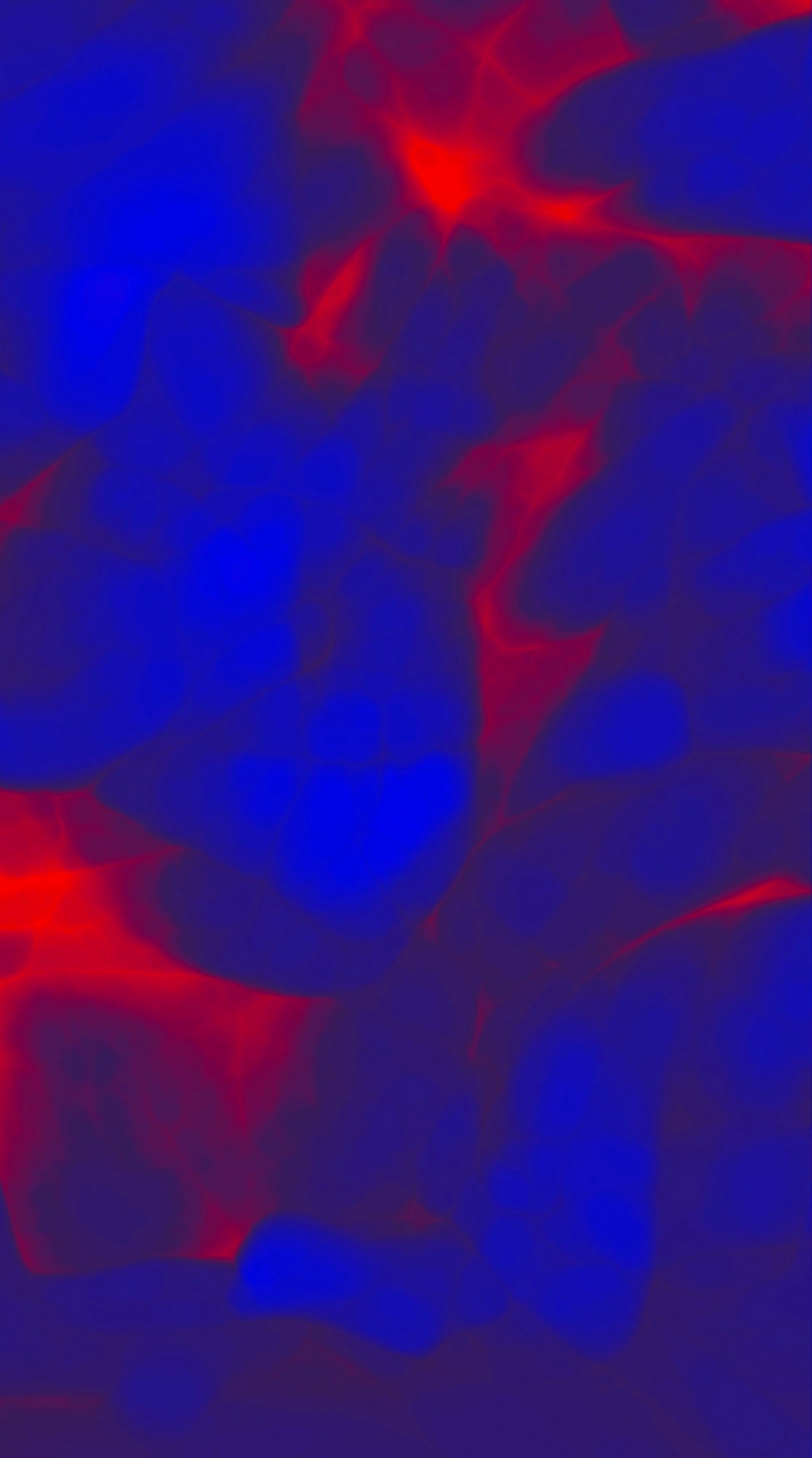 Kenneth Lambert, Biomorphic Compositions III, 2018, Edition 3 + 1 AP, Duration 10 min, 3840 x 2160 pixels (4K UHD) Image COTA
Kenneth Lambert, Biomorphic Compositions III, 2018, Edition 3 + 1 AP, Duration 10 min, 3840 x 2160 pixels (4K UHD) Image COTA
Thomas Marcusson
A.I. Ball addresses the emergence of artificial intelligence and the competing forces shaping its development and impact.
Duelling microchips face off. They take turns to task each other with mathematical problems. While a chip is processing a problem, a steel ball drifts slowly towards it. If solved, the ball changes direction and it’s the other chip’s turn. The faster a problem is solved, the faster defence can switch to offence. If the ball reaches a chip, the game simply resets and starts over, locking the equally matched adversaries into an endless tug-a-war.
The artwork lends its form from Mindball — a game that uses EEG to allow human participants to move a ball by manipulating their own turbulent brain activity, as opposed to the more methodological and relentless computations in A.I. Ball.
The setup reminds us of a sporting event, but its never-ending nature suggests that it’s a zero sum game. This is comparable to how machine-learning works; in a GAN (Generative Adversarial Network) two A.I models repeatedly prompt and test each other with sets of data in order to train a prediction algorithm that’s continuously perfected but never concluded.
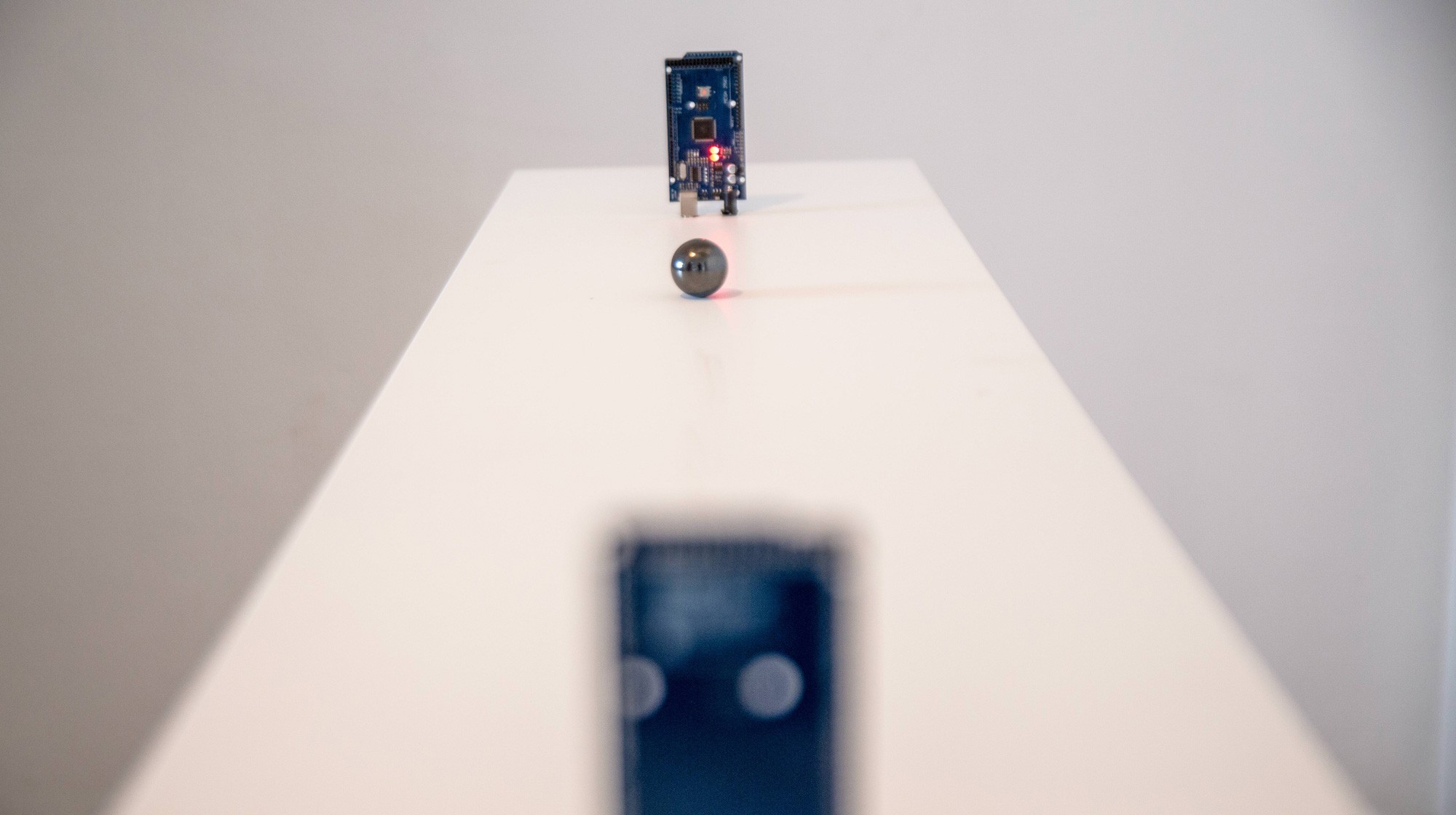 Thomas Marcusson, A.I. Ball, Ed. 1-10, 2023, Timber and electronics, 80 x 200 x 38 cm, Image COTA
Thomas Marcusson, A.I. Ball, Ed. 1-10, 2023, Timber and electronics, 80 x 200 x 38 cm, Image COTA
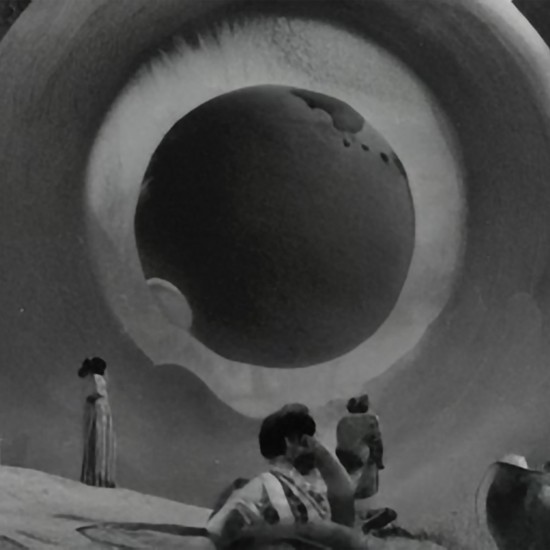
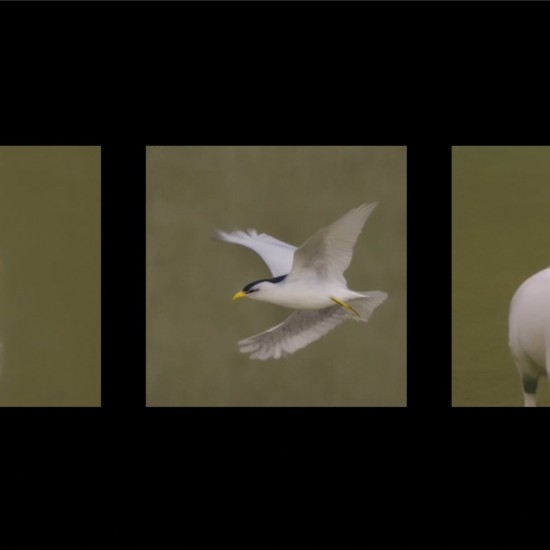
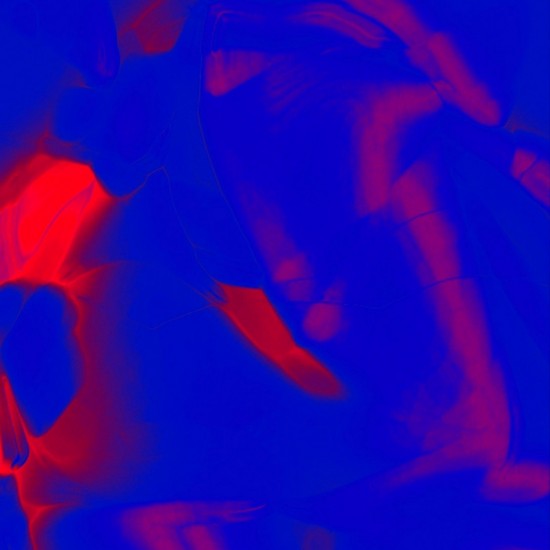
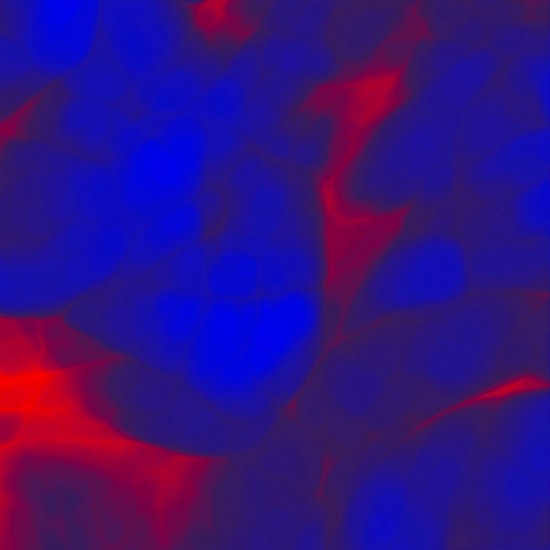
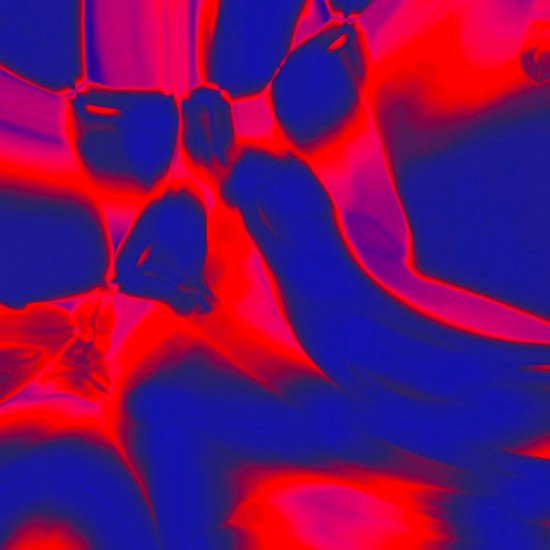
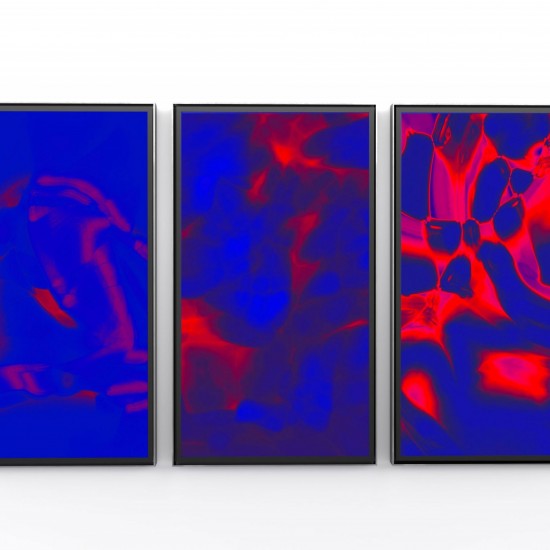

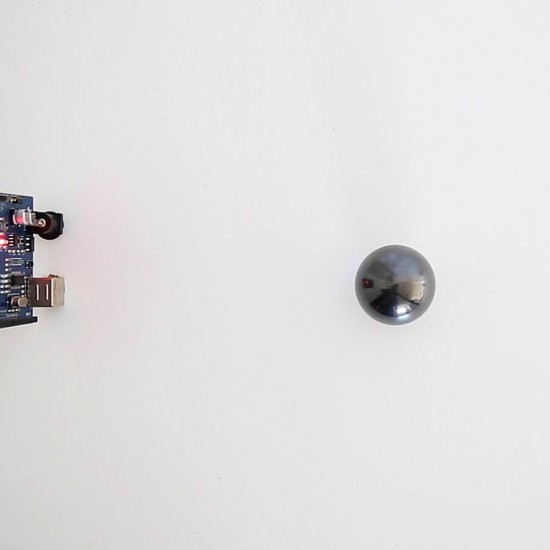
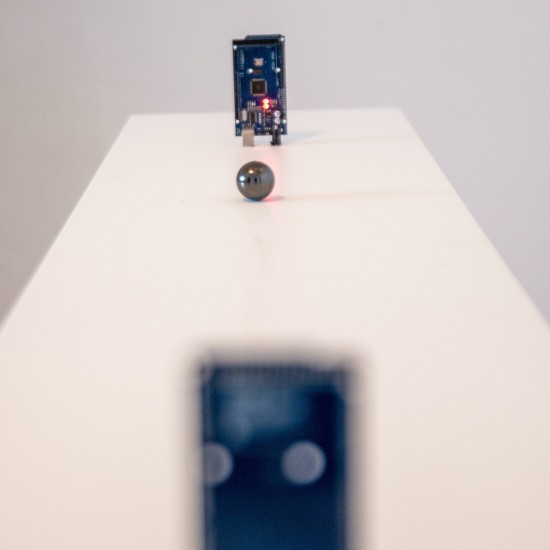










Justin Harvey, Kenneth Lambert & Thomas Marcusson
Fooled Enough with Numbers
January 31-February 18, 2024